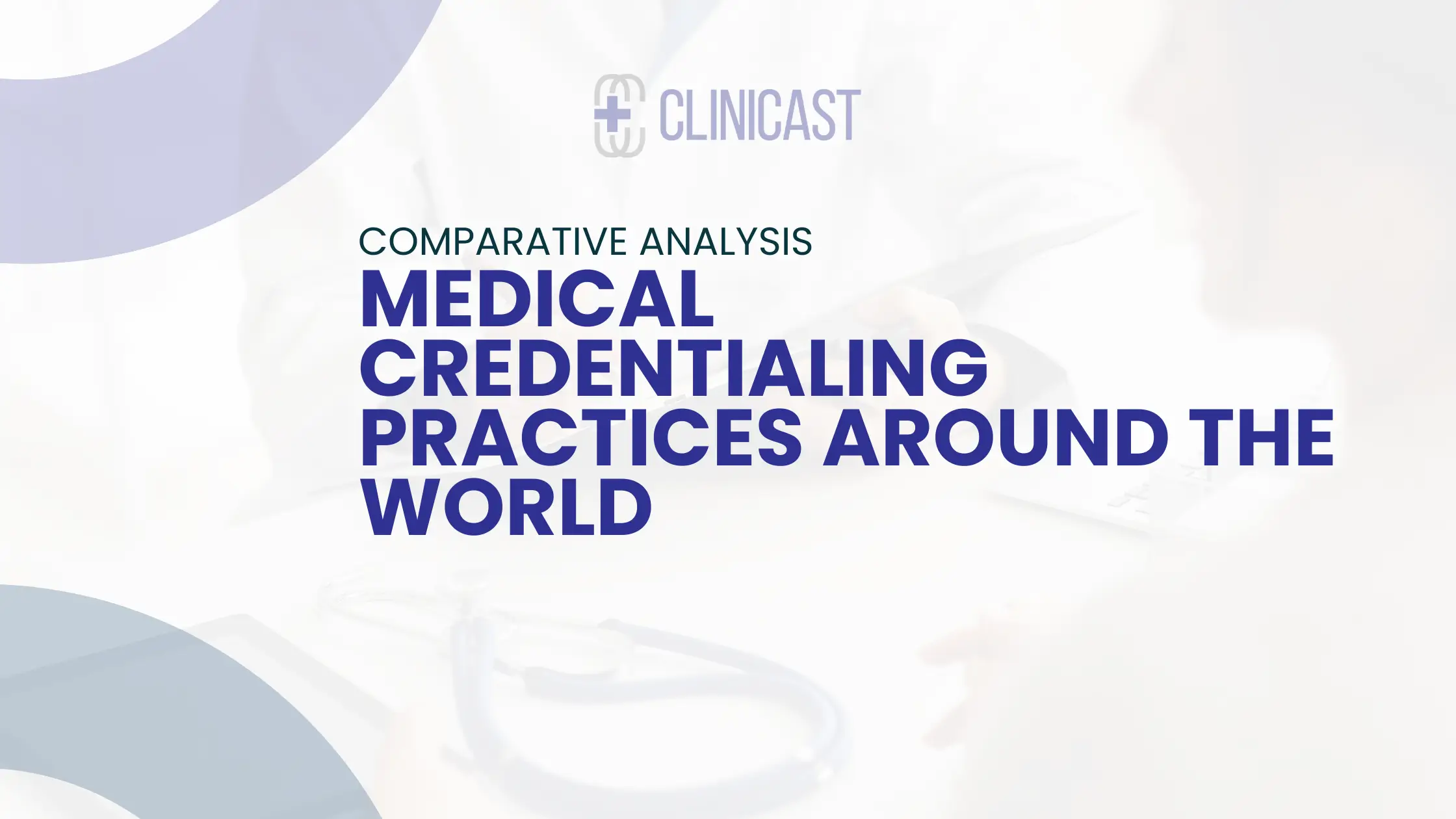Before a physician can start treating patients, medical credentialing is essential. This process validates the qualifications and expertise of a physician. But how do different countries handle this crucial step? This article dives into the medical credentialing practices across the globe, providing valuable insights for the US medical community.
Medical credentialing evaluates and verifies a physician’s qualifications, including their education, training, licenses, and certifications. Adhering to these practices ensures that healthcare institutions maintain high standards of care.
Medical Credentialing Practices: A Global Perspective

Medical Credentialing Practices A Global Perspective
United States
In the USA, the medical credentialing process is rigorous and standardized. Typically managed by the medical staff office of hospitals, the process involves verifying a physician’s credentials against primary sources. This means checking with medical schools, residency programs, licensing boards, and any certification bodies directly. The Joint Commission, a non-profit that accredits healthcare organizations in the U.S., provides guidelines to ensure that these processes are thorough and consistent.
United Kingdom
The UK takes a slightly different approach. Here, doctors are required to be registered with the General Medical Council (GMC). The GMC maintains a medical register, and doctors must meet its standards for education, training, and behavior. Additionally, physicians are subject to revalidation every five years, a process that evaluates their fitness to practice.
Australia
Down under, medical credentialing practices revolve around the Australian Health Practitioner Regulation Agency (AHPRA). AHPRA works with 15 National Boards to help regulate health practitioners efficiently and in the public interest. Doctors in Australia must meet the registration requirements set by the Medical Board of Australia, which includes a series of checks to ensure a physician’s competence.
Canada
In Canada, each province has its own medical regulatory authority that sets the standards for licensing. However, the process generally involves evaluating a physician’s education, training, and professional conduct. The Medical Council of Canada plays a role in ensuring standardization across the provinces with its examinations and collaborations.
India
India’s medical credentialing system is overseen by the Medical Council of India (MCI). All doctors must register with the MCI or the respective State Medical Councils. The MCI sets the standards for medical education and practice, ensuring that all physicians meet the necessary criteria to provide patient care.
Learning from Global Practices
While each country has its unique approach to medical credentialing, some universal lessons can be extracted:
1. Standardization is Key: Whether it’s the Joint Commission in the USA or the GMC in the UK, having a centralized body that sets the standards ensures consistency in the quality of healthcare practitioners.
2. Continuous Evaluation Matters: Countries like the UK emphasize the importance of re-evaluation or revalidation. This continuous check ensures that doctors remain competent throughout their careers.
3. Embrace Technology: Many countries are moving towards digital platforms for verification and credentialing. This not only speeds up the process but also ensures accuracy in the data.
4. Public Involvement: In places like Australia, where the public interest is at the heart of the medical credentialing process, there’s a higher level of trust in the healthcare system.
Conclusion
Medical credentialing practices around the world share a common goal: to ensure that physicians are qualified and competent to deliver care. While the processes may vary, the underlying emphasis on patient safety and healthcare quality is universal. By examining these global practices, we can glean insights and best practices that can further refine the medical credentialing system in the USA, ensuring that our healthcare professionals remain at the forefront of global medical standards.
Frequently Asked Questions
What is the primary purpose of medical credentialing?
The primary objective of medical credentialing is to evaluate and verify a physician’s qualifications, ensuring they’re competent to provide patient care.
How often do doctors undergo re-credentialing or revalidation?
This varies by country. For instance, in the UK, doctors undergo revalidation every five years.
Why is standardization important in medical credentialing practices?
Standardization ensures that there’s a consistent quality of healthcare practitioners regardless of where they practice.
How are technological advancements influencing medical credentialing?
Many countries are adopting digital platforms for verification, making the process faster, more efficient, and accurate.
Is medical credentialing only for doctors and physicians?
No. While this article focuses on doctors and physicians, many healthcare professionals, including nurses, pharmacists, and therapists, undergo similar credentialing processes.
By understanding the global landscape of medical credentialing practices, we can not only appreciate the rigorous processes in place but also continually evolve our systems to meet the ever-changing demands of healthcare. Whether you’re a physician in a small practice or part of a large hospital in the USA, recognizing these practices’ significance is crucial for the betterment of the healthcare system.


